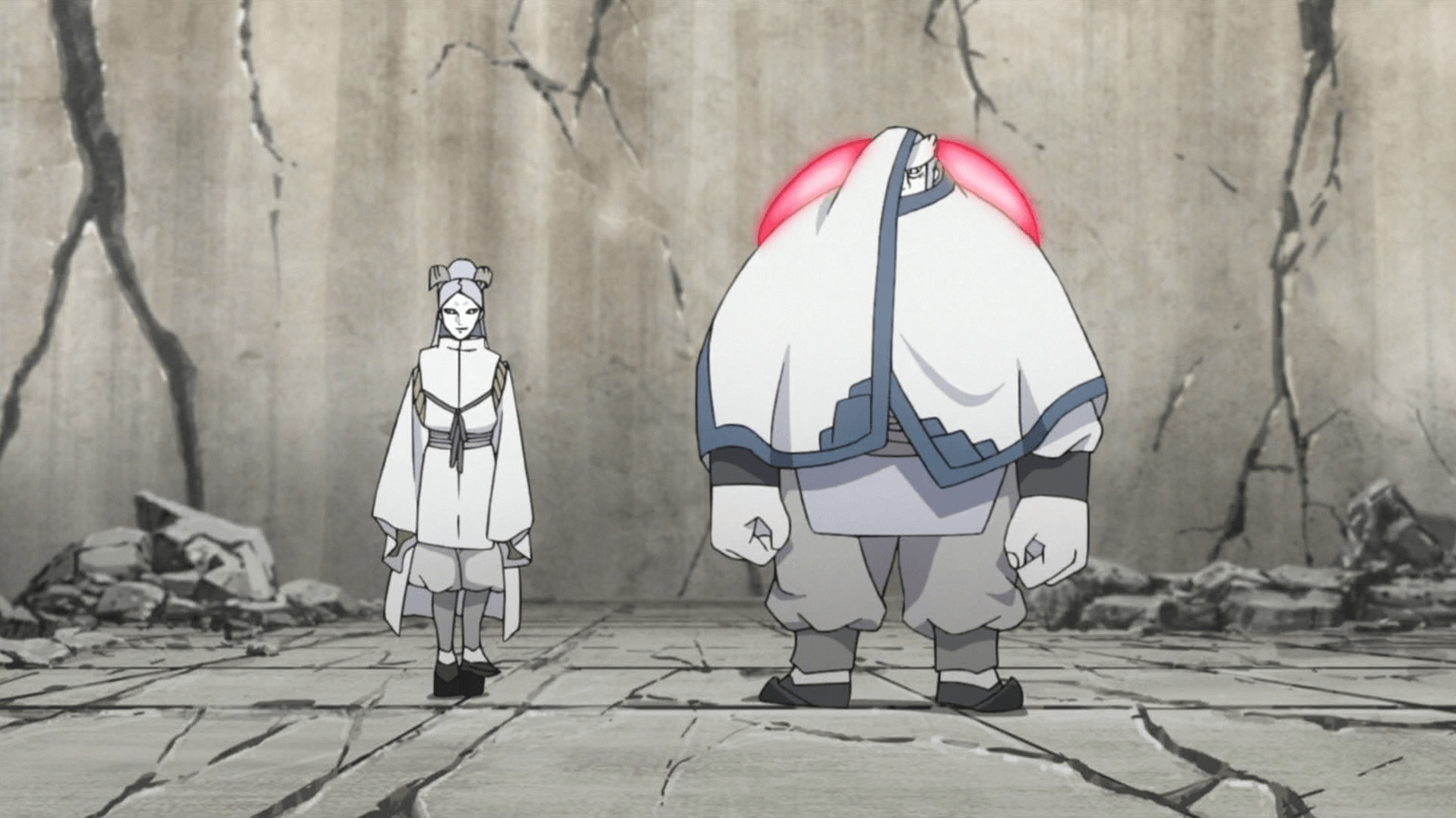

Your music is sort of a theatrical electronic new wave which is really original and captivating. An immersive narrative experience is about wholly and completely entering someone’s “world,” and all the ways that are unique to their life experience, especially in the realm of the fantastic. For example, Journey and Gris were games I could never get into despite being praised for their immersion, but for me, personally, these games only had a dominant visual aesthetic, with a subtle audio aesthetic, and there was no actual story with characters to populate the world.įor me, doing art & music is an extension of who I am as a writer, as a storyteller. Visual and audio aesthetics are integral to making a transportative piece of work, but I find that a lot of the games that are “labeled” immersive tend to be, personally speaking, very light on the touch when it comes to telling an actual story with characters. I think of it all as part of the same process of telling an immersive story. You’re a music producer, a writer, a poet, an illustrator, a designer, I was wondering what led you to be so versatile and I was curious to learn more about your journey to become a multidisciplinary artist? To follow FEYXUAN on social media: Bandcamp – Instagram – Patreon – SoundCloud – Twitter – YouTube Listen without further ado to the incredible Weak & Divine while reading the friendly and apposite interview that Xuan gave us. Navigating on experimental and unreal electronic horizons, their music surprises and fascinates with its accuracy and veracity. Unveiling the very theatrical Weak & Divine, telling the story of Amadeus Vu, the work of the multidisciplinary artist based in Detroit is gripping. It’s with a lot of excitement that we present you the premiere of the most recent release from Grimalkin Records, a fantastic EP by FEYXUAN. They also might be the first to kill an immortal.* Pour lire la version française de cette e ntrevue cliquez ICI! Their name is Lun Kochouran.Īnd they might be the first one in a millennium to learn the Amayuri tongue. And then she makes an enemy who just might. Hanashiro misses speaking her fey mother tongue, but she can't seem to find anyone willing to listen to her, not even her own kind. Shiragiku has remembered every single end Shirayuri has remembered none and Hanashiro only remembers some. Shiragiku has seen many, many apocalypses, but she has never been hurt by any one after the first. Hanashiro and Shirayuri have witnessed THE END OF THE WORLD before. Shiragiku is unfazed and cheery and flippant and whimsical and capricious Shirayuri is nowhere to be found and Hanashiro? Hanashiro is planning on their death in 10 years, when the camellias fall, if they cannot find a reason to live by then.



Hanashiro (he/she/they) and their few remaining kin all react differently to the trauma of being immortal and witnessing the apocalypse over and over again in different cycles of reincarnation. The final build contains the JPN version, the ENG version, and a translation of the JPN adaptation. It contains a linear narrative written in a hybrid poetic verse with an original soundtrack and original graphics. My biggest inspiration is the Sega Utena game, playing it in both ENG/JPN. The ENG/JPN versions are two different renditions of the story, thus requiring a separate JPN translation, emulating what happens when you try to translate something as complex as identity. It is is a visual novel that combines a retro anime aesthetic with distinctly modern elegance, and it has three language options: JPN, ENG, and JPN translation. OCHITSUBAKI || 落ち椿 is a bilingual JPN/ENG game about translation and how it can run as deeply as the way hypermarginalized people constantly "translate" their identities and traumas for the understanding of others, no matter how far it is from the source material.


 0 kommentar(er)
0 kommentar(er)
